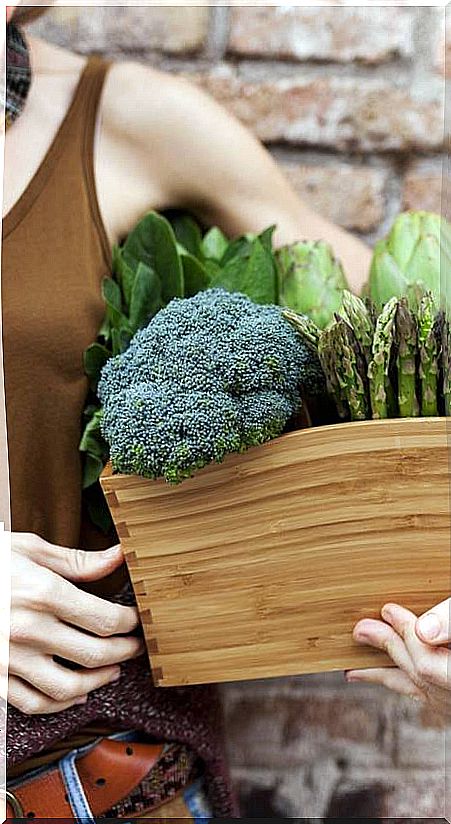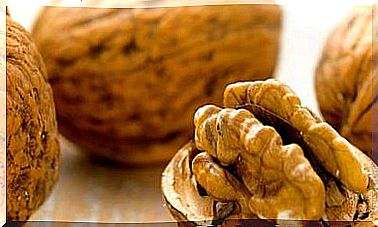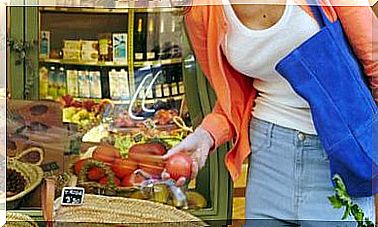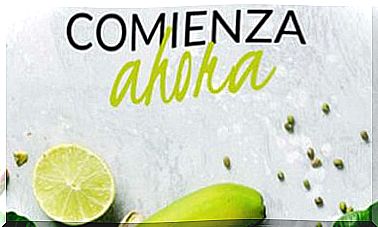12 Ideas For Cooking With April Foods
Cooking in season enriches our diet and turns cooking into a healthy, fun and colorful challenge. What can we cook in April?

In April we begin to have seasonal vegetables and vegetables that are the protagonists of our favorite Mediterranean dishes, such as gazpacho and salmorejo, as well as a great variety of very versatile green leafy vegetables. We also have bulbs that will give color to our dishes, such as beets, and more ephemeral delicacies such as wild asparagus.
What to cook with April foods
In today’s article I encourage you to try both new and traditional dishes with some of these vegetables. Look for them in greengrocers and greengrocers and take the opportunity to pack and freeze.
Tomato, onion, cucumber and peppers
These ingredients are abundant and now we can find them at the best price and at their point. If you have a dehydrator or a sunny terrace where you can dry food, you can also dry tomatoes and peppers for any dish or to keep them longer.
- Gazpacho and salmorejo : these are the basic ingredients of gazpacho, and they are already in season. Take the opportunity to make this cold soup whenever you want. It serves as a starter as well as to take away and drink something nutritious and fresh.
- Sofritos and sauces : also with them we can make exquisite stir-fries as a base for stews, stews, rice dishes, etc., simple dishes and garnishes such as pisto and pipirrana, sauces such as mojo, salmorreta and pico de gallo, and salads and vegetable dishes such as the escalivada, ratatouille or zorongollo (not zarangollo; zorongollo is a salad of tomatoes and peppers roasted with their juice, dressed with garlic and olive oil).
- Roasted in the oven : these vegetables are also some of the best to roast and keep in jars or in the fridge, since you do not have to be constantly watching it and then they last a long time as long as we pack them correctly.
Cabbage
It is one of the vegetables that tends to cause the most reluctance, in large part because its smell, when boiled, is stinky for many people. Also boiled, it has an uninteresting texture.
Cabbage, from the same cabbage family as cauliflower, contains organosulfur compounds that create these odors when cut and boiled. I fully understand that you do not like anything like that, but it is not the only way to eat cabbage.
- Cabbage rolls : for starters, the cabbage leaves, just blanched in water (about 45 seconds, then go to cold water) can be used as a wrap for hot or cold rolls. The raw leaves are smooth and crisp, but with a slight blanching they become more tender and elastic and allow us to easily fill, fold and close them. Made like this, not only do they not smell bad, they turn a bright green color, with a still crunchy texture and no “weird” odors. Once the rolls are made, if you grill them, you will enjoy the exquisite flavors that the grilled golden cabbage develops. Nothing to do with boiled or steamed.
- Raw in other preparations : Another way to eat it is raw. You can add it raw to soups and broths, or include it in spring rolls, finely chopped, raw. It will cook just enough with the steam of the ingredients in the soup or inside the roll, and it will have a very pleasant texture and a rather sweet flavor. It looks great in combination with grated carrots and pickled beets.
Asparagus
They are one of my favorite vegetables. Many years ago I hated them, in fact I believed that they could only be eaten previously boiled or pickled, like canned whites.
- Grilled : one of the best ways to cook them is grilled or in a grill pan, over medium-high heat, with a pinch of oil and salt, until golden brown. They are only a few minutes and they acquire a flavor and a juiciness that makes them ideal to eat them alone, as a side or first course.
- Sauteed with pasta or rice : of course they can also be added to pasta or rice dishes and in general to any stir-fry, which will stand out much more than in dishes with prolonged cooking.
Beetroot
The root of the beet is what we usually see pickled. If you buy it fresh, you will see that it has a very intense color and earthy aroma. It can be cooked the same as carrots, in fact it is quite similar in texture and takes more or less the same time to cook.
- Salad sprouts: Young sprouts of beets are widely used in salad dressings. They are small leaves with pink or purple petioles (if they are purple beet, which is usual), with a very mild flavor, which go well with almost everything: lamb’s lettuce, arugula, watercress, lettuce …
- For wrapping rolls : the large leaves are also edible, washing them well and giving them at least one whitewash. As in the case of cabbage, they can be used to make rolls. They are more or less like chard, but with a very fine stem, so you can cook them the same, in the same types of dishes.
- To color other dishes : its betalain content makes everything cooked with it turn pink or purple. The more you cut it, the more of these pigments will be released into the cooking medium, and if it’s water, it will spread quickly and color all the ingredients. This is very interesting when it comes to coloring dishes to give them more eye-catching while we innovate with seasonal ingredients. Think for example of a pink risotto, a vegetable pate or a purple hummus … Betalains react with the pH of the medium, so if you put your beet in a rather acidic medium, it will become more pink, while if it is more alkaline, it will become dark and bluish. For a brighter color add acids in small quantities (for example wine, vinegar, lemon juice, crushed tomato, etc).
- Boiled : you can preserve beets very well if you boil them whole, uncut, just washed well, let them cool, dry them well and store them in a tightly closed container in the fridge or freezer. Then just take them out and cut the slices or bits you need.
Leeks
For me they are essential in the kitchen. They have a fine and sweet aroma, more pleasant than onion, fresh like young garlic, and a moderate flavor that goes with everything. I use it a lot in stir-fries and as a base for other dishes (rice, pasta, stews, stews, etc).
Leeks last a long time in the pantry and fridge and you eat everything, the green part too. This part is the one that sticks out of the ground, they are leaves that photosynthesize, just like the leaves of beets, spinach and other vegetables, so treat it the same. The difference is in the taste and that they keep their shape much better even with prolonged cooking.
- Roasts : large roasted leeks are a delight. Put them together with other seasonal vegetables and greens like peppers and aubergines and roast everything together. Then you can eat them as is or use them for other dishes. Sauces in general gain a lot with some roasted leeks. Try adding it to a béchamel sauce (chop it first) or a vegetable mayonnaise.









